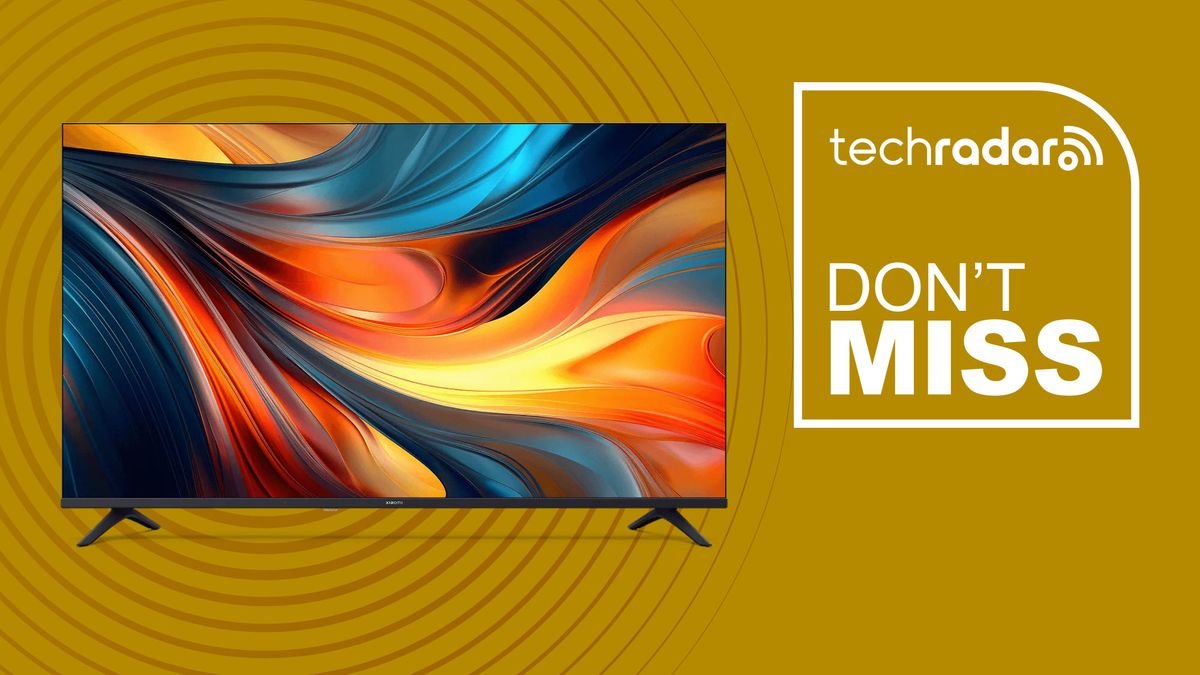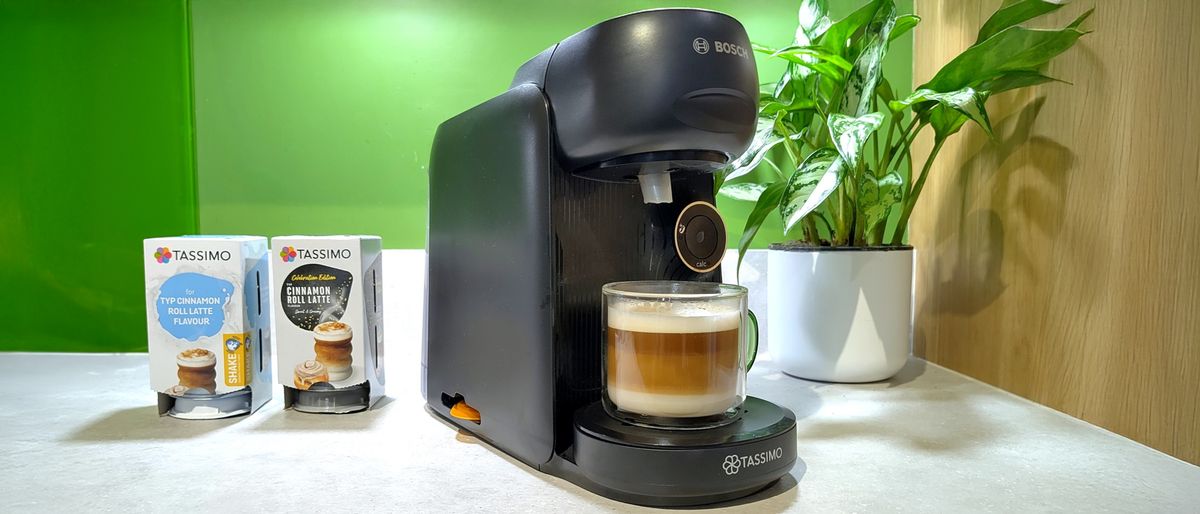Debian, Fedora, and Arch: the big three distributions on which nearly all other flavors of Linux are based. You can throw a rock into an ocean of distributions and be certain you'll hit an operating system based on one of those.
Also: I found a minimal Linux distro that's fast and efficient for all experience levels
I'm not saying that's a bad thing. In fact, if I were going to build my own Linux distribution, you can be sure I would base it on Ubuntu or Fedora. Why? Because having an operating system with such a rock-solid, reliable base puts you on sure footing from the jump.
But that's not to say creating an independent distribution is a bad thing. Independent distributions serve some very important purposes. First, they bring about important innovations. They also prove just how much can be done with Linux. Finally, they bring even more choice to the Linux landscape.
Also: Why this Linux distro is my new favorite Windows replacement
So, when I find an independent distribution, you can be sure I want to know what it's all about. Such is the case with OpenMamba.
What does OpenMamba bring to the table?
- It uses the RPM packaging format to distribute software components, as well as DNF and PackageKit as update managers.
- It includes Flatpak support.
- It implements a rolling mechanism to deploy continuous updates to the latest software releases.
- It is available for x86 (64-bit with legacy support for 32-bit), as well as aarch64 (arm64) architectures.
- It offers versions for desktop, server, and low-resource machines.
OK, well, that sounds almost like it could be a Fedora-based distribution. So again, what does it bring to the table? I installed it to find out.
My experience with OpenMamba
The first thing I noticed with OpenMamba is that it offers an installer that's much more user-friendly than Fedora's. In fact, the OpenMamba installer is every bit as easy to use as Ubuntu's, so getting it up and running was incredibly simple.
Also: This Windows 11-like Linux distribution is aimed squarely at developers
OpenMamba also has rich hardware recognition for sound, touchpads, webcams, and GPUs, making it ideal for desktop PCs. I did not attempt to install OpenMamba on a laptop, so I cannot vouch for its ability to support wireless chips. However, given how far Linux has come in this arena, I cannot imagine it would have much trouble.
Once the installation was complete -- which took all of five minutes -- I rebooted and logged into my new account to find it contained pretty much everything I needed for work, play, and entertainment. The list of preinstalled software includes LibreOffice, Firefox, Kate (advanced text editor), showFoto (photo manager), Skanlite (scanner software), Kamoso (webcam software), VLC media player, Filelite (disk usage), HP Device Manager, Emoji Selector, Smb4K (network neighborhood browser), and more.
Also: 5 most Windows-like Linux distros because old habits die hard
One pleasant surprise was that OpenMamba included everything needed to share folders on a network. Just right-click a folder, select Properties, click Share, and then add your user to the sambashares group with a single click. Once you do that, you'll need to restart your computer so the changes take effect.
Creating a network share on OpenMamba is very simple.
OpenMamba offers two desktop options: KDE Plasma and LXQt. If you want a more modern UI, choose KDE; if you want a lightweight option for older hardware, choose LXQt.
Also: If you're ready for something different, I recommend this Linux distro to newbies and experts alike
You'll also find a small wrench icon in the system tray. If you right-click that icon, you get access to the OpenMamba Control Center, where you can select one of two options:
- Software: Here you can open the software app store or the updater tool.
- Network: Here you can enable, disable, or configure the firewall, or open the proxy configuration tool.
The Control Center gives you easy access to software installation, updates, and firewall/proxy options.
Out of the box, you get a dark theme. Thanks to KDE Plasma, it takes maybe 20 seconds to switch to a lighter theme -- which I much prefer.
I much prefer a light theme for my Linux desktops.
Performance
As per usual, I ran OpenMamba as a virtual guest using VirtualBox. By default, I always give VMs 3 GB of RAM and 2 CPU cores. With OpenMamba, I found it to be a bit slow, so I bumped it up to 6 GB of RAM and 4 CPU cores, which made it less laggy. It wasn't until I boosted the video memory that I was able to eliminate the lag. Understand that this is most likely due to running OpenMamba as a virtual machine, which can be problematic for some independent distributions. I'm certain that if I had installed the distribution on an actual PC, this wouldn't be an issue.
Also: If your Windows support is ending, it's time to learn Linux. Here's the best distro for beginners
Of course, I could have gone with the version for low-resource computers (LXQt), but I wanted to see what the team did with KDE Plasma. I will say this: once I switched to the lighter theme, I felt the performance improve. I'm not sure why that happened, but my eyes did not deceive me. With that switch, the last vestiges of lag vanished, and I felt as if I were using a whole new OS.
Should you try OpenMamba?
OpenMamba is a decent take on Linux. It offers a pleasing KDE Plasma experience and all the software you need to get started. But is it a distribution I would recommend for everyday use? That's tricky.
If you want a rolling-release distribution that uses the DNF/RPM package manager, includes Flatpak support, has Samba built in, and offers either KDE Plasma or LXQt, this is a great choice. If that combination of features isn't your bag, then you should look elsewhere.
Also: Can't upgrade to Windows 11? This is the Linux distro alternative I recommend to most people
That said, OpenMamba is one of the easier independent distributions to install, so if you like the idea of using a distribution that's not based on one of the big three, and you're not interested in a challenging installation, then OpenMamba might be just what you're looking for.
I enjoyed my time with OpenMamba and applaud the development team for some solid work creating an independent Linux distribution.
Get the morning's top stories in your inbox each day with our Tech Today newsletter.

 7 months ago
75
7 months ago
75









 English (US) ·
English (US) ·